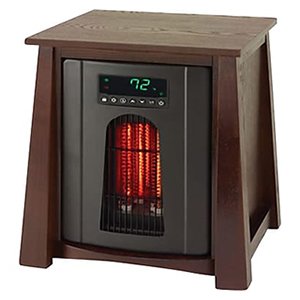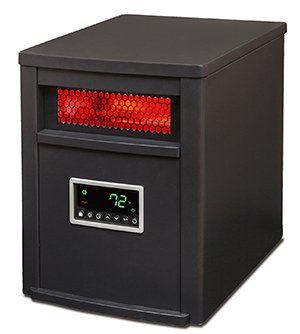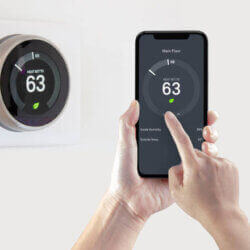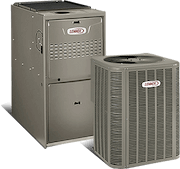
Currently one of the most popular types of heaters available, infrared heaters transfer energy from one place to another using electromagnetic radiation. Infrared heaters are commonly found in heat lamps and space heaters. The large amount of heat they produce usually results in lower energy consumption, and as a result a lower energy bill. As a result, these can be an energy efficient option for supplemental heating in the winter. However, there are some important things to keep in mind when considering using infrared heaters.
Infrared Heaters: What You Need to Know

- Safety – When purchasing your infrared heater, check for a small sticker that says “UL Certified.” This sticker ensures that your new infrared heater is up to the safety standards and regulations of the United States government. There may also be additional safety features such as an automatic shut off trigger. This trigger acts as a fail-safe just in case your infrared heater is tipped over or overheats due to blockages or mechanical failings.
- Wattage – With most infrared heaters, their wattage directly correlates to the amount of heat they put out. Typically, your common infrared heater requires somewhere between 750 and 1,500 watts. For comparison, your average hair dryer requires around 1,500 watts to run with efficiency. Typically, the size of the room you wish to heat will be congruent with the wattage required in your infrared heater.
- Components – Infrared heaters should come with some basic amenities that ensure your appliance is both safe and comfortable to use. It goes without saying that an infrared heater will become hot to the touch while in use. When shopping for your model, look for a handle. If for whatever reason you have to move your infrared heater mid-use, you are saving yourself the risk of severe burn with this feature. An infrared heater should also come with a cord long enough to move around the room and heat different areas. A cord with adequate length will also prevent the need for use of an extension cord, which can be problematic in itself.
- Add-ons – Some infrared heaters are more bare bones than others. While you may see a built in thermostat on a more advanced model, a more basic infrared heater may be lacking this component. Look for a newer model to avoid overheating and risk of fire. Keep a look out for an infrared heater with a timer. If you set the timer correctly, you don’t have to worry about overuse. A remote control for your infrared heater might be the last thing you would normally consider, but this little component could make your life that much easier. Just like a television remote control, your life is always simplified by the ability to control your devices from anywhere in the room.
Learn More About Infrared Heaters
We at Galmiche & Sons are your St. Louis area heating experts. We hope the information in this guide will help you on your way to choosing the right infrared heater for safety and comfort in your home or business. If you have any further questions, or wish to speak to one of our heating & air conditioning specialists to learn more about heating your home efficiently this winter, call us today!









